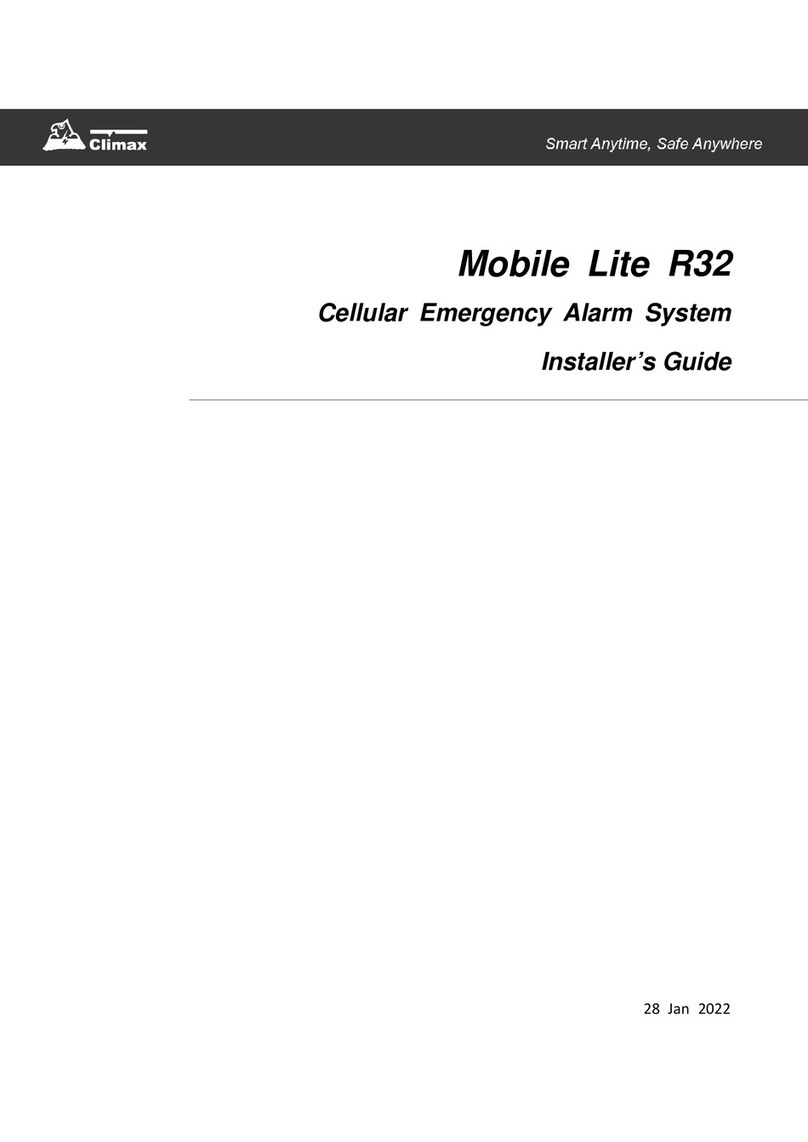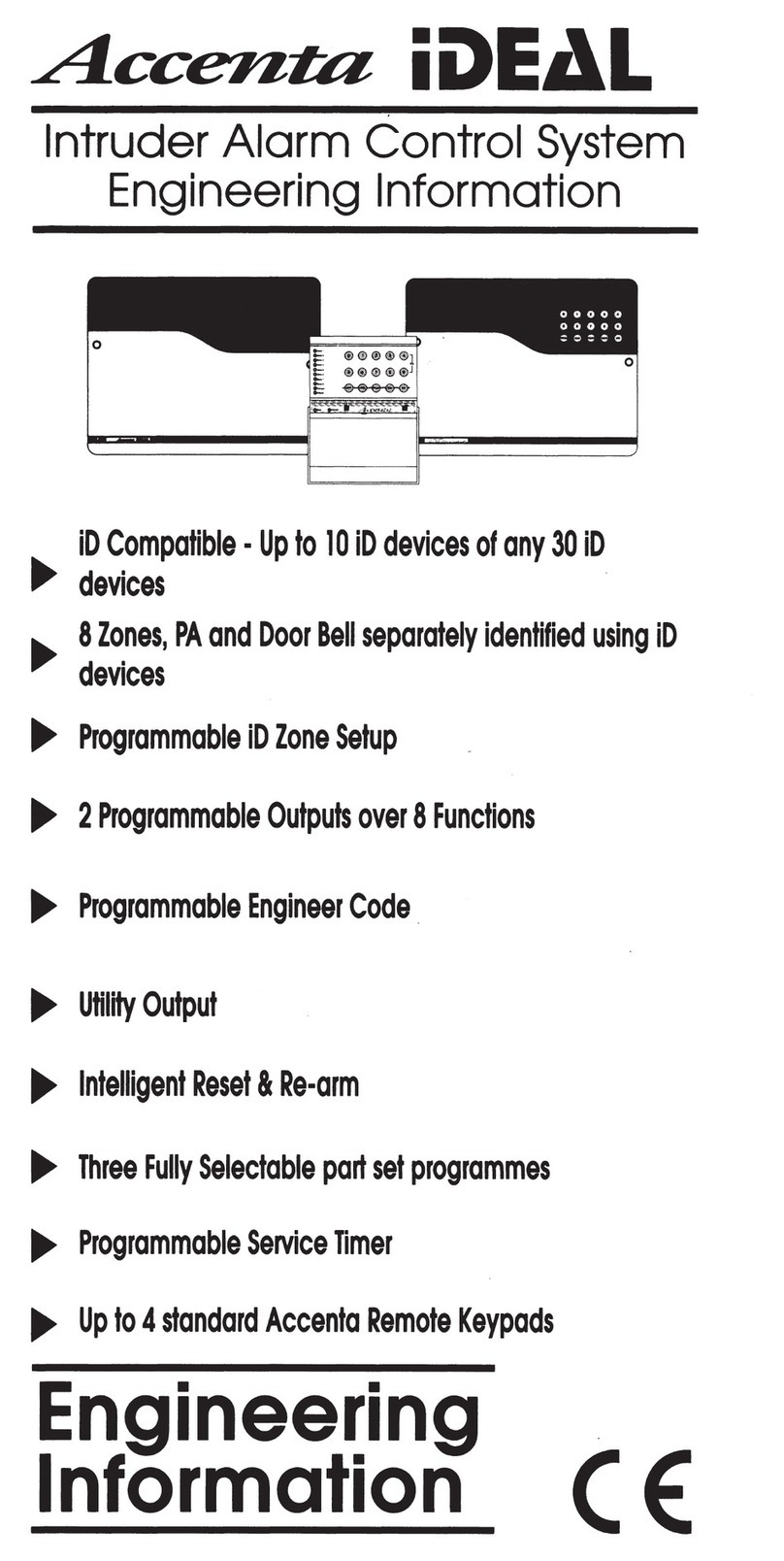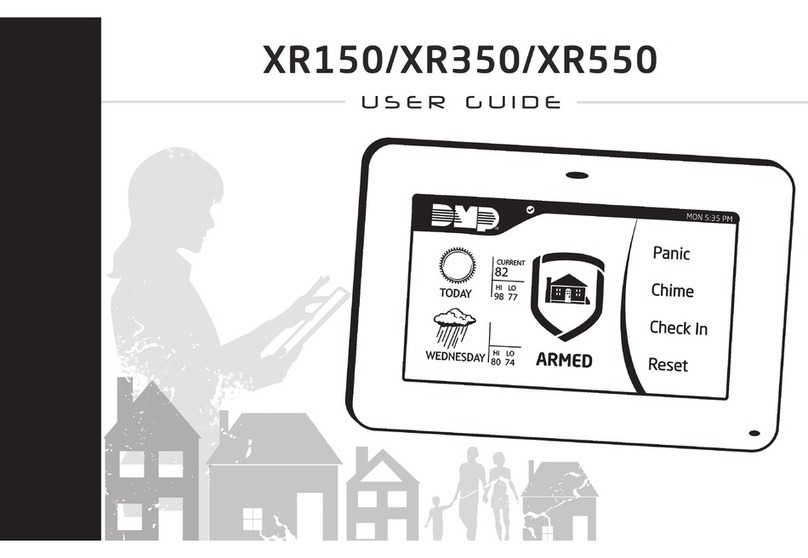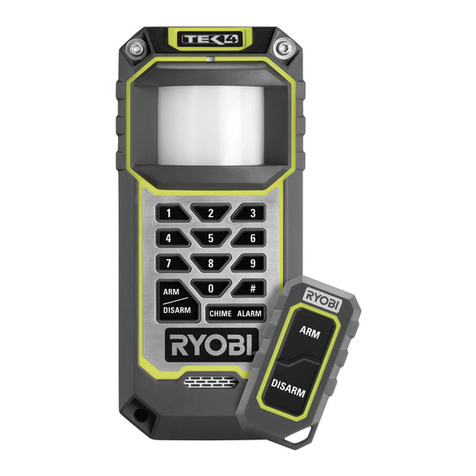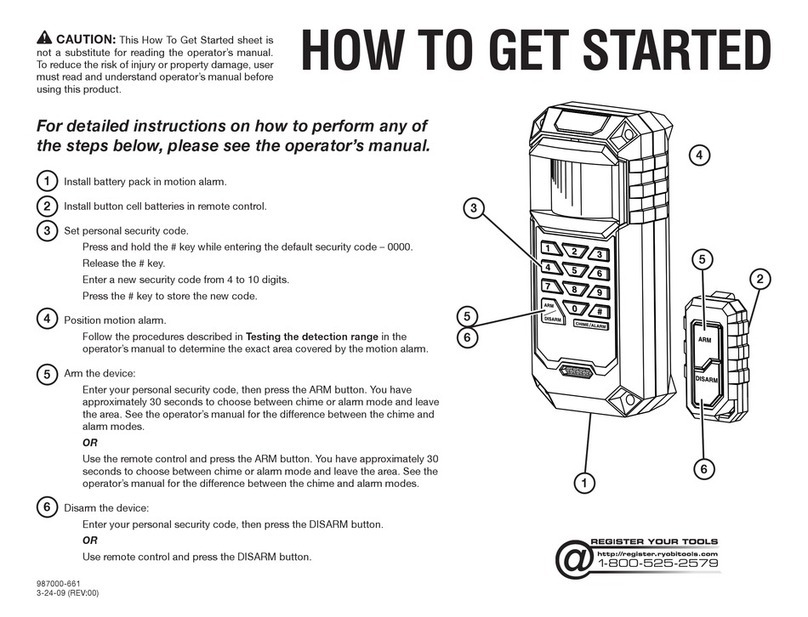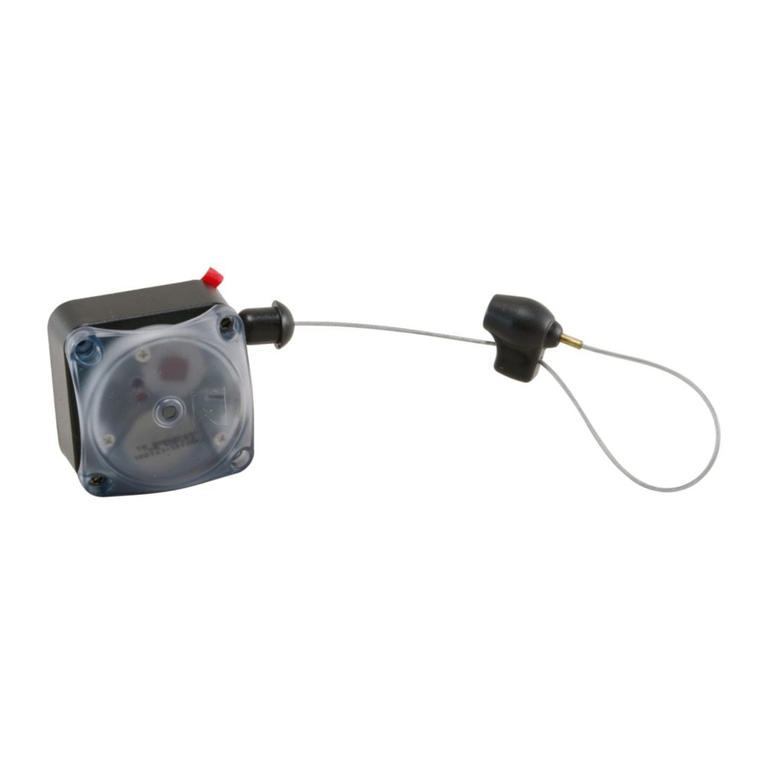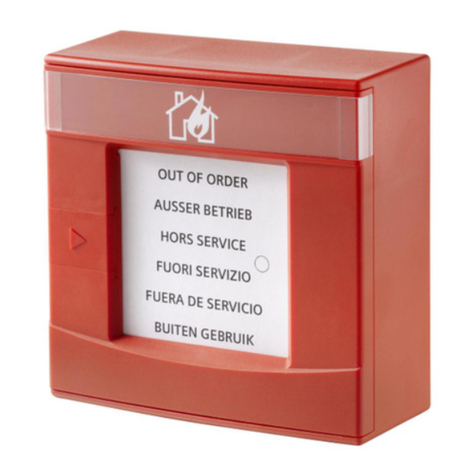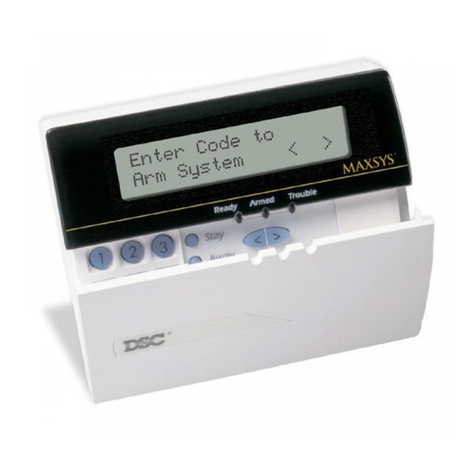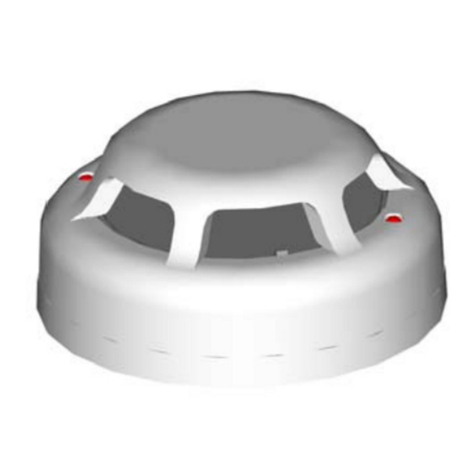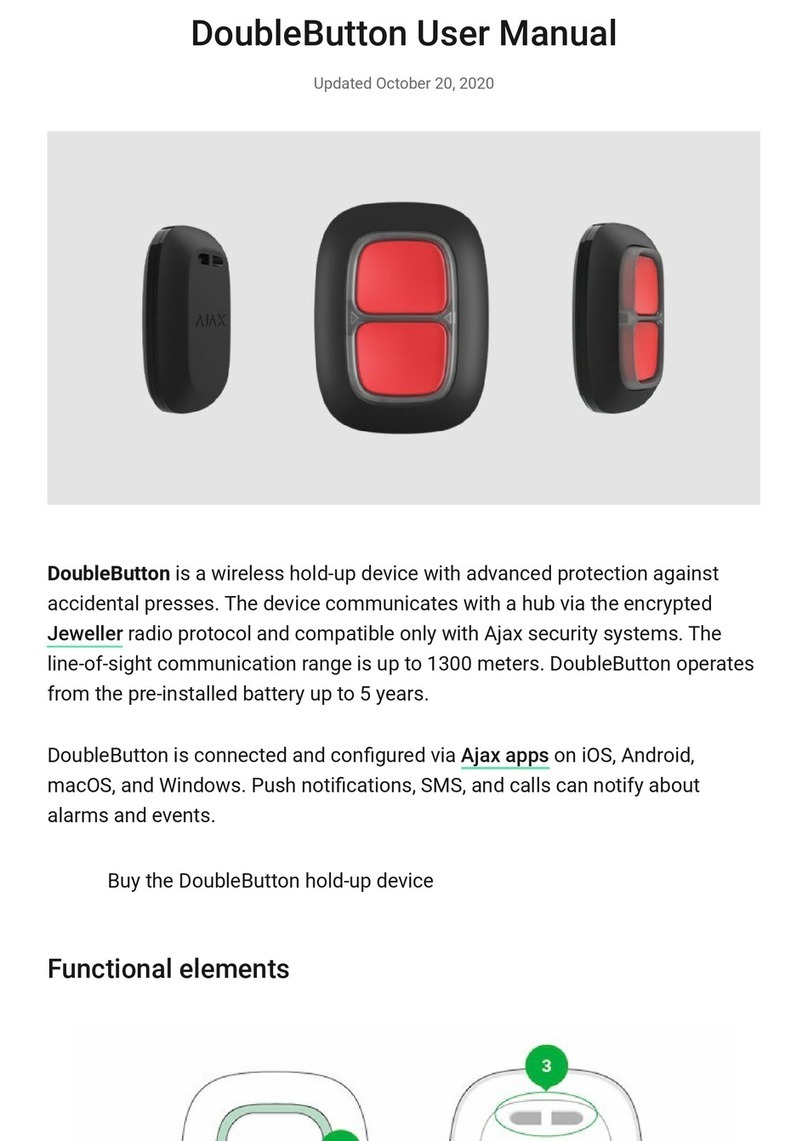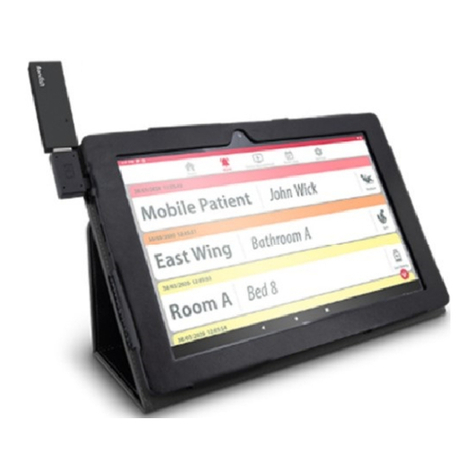
6 — English
SPECIFIC SAFETY RULES
This unit alone is not a suitable substitute for complete
fire detection systems in places housing many people—
like apartment buildings, condominiums, hotels, motels,
dormitories, hospitals, long-term health care facilities,
nursing homes, day care facilities, or group homes of
any kind – even if they were once single-family homes.
It is not a suitable substitute for complete fire detection
systems in warehouses, industrial facilities, commercial
buildings and special-purpose nonresidential buildings
which require special fire detection and alarm systems.
Depending on the building codes in your area, this unit
may be used to provide additional protection in these
facilities.
This Carbon Monoxide Alarm may not waken all in-
dividuals because it will be installed in your garage.
This Carbon Monoxide Alarm is not also intended to alert
hearing impaired residents (Carbon Monoxide Alarms
are not yet available for the hearing impaired). Practice
the escape plan at least twice a year, making sure that
everyone is involved – from kids to grandparents. Allow
children to master fire escape planning and practice be-
fore holding a fire drill at night when they are sleeping. If
children or others do not readily waken to the sound of
the Carbon Monoxide Alarm in your garage, or if there
are infants or family members with mobility limitations,
make sure that someone is assigned to assist them in fire
drill and in the event of an emergency. It is recommended
that you hold a fire drill while family members are sleeping
in order to determine their response to the sound of the
Carbon Monoxide Alarm in your garage while sleeping
and to determine whether they may need assistance in
the event of an emergency.
Carbon Monoxide Alarms cannot work without power.
This unit may not work if the AC power is cut off for any
reason (open fuse or circuit breaker, failure along a power
line or at a power station, electrical fire that burns the
electrical wires, etc.) and if the backup batteries are miss-
ing, disconnected or dead, if the wrong type of batteries
are used, or if the batteries are not installed correctly.
Your Carbon Monoxide Alarm may not sense CO
on the interior of your home. When installed in your
garage, this alarm may not sense CO on the first floor or
the second floor inside your home. For this reason, we
recommend you install alarm devices (Combination CO
and Smoke Alarm, or separate Carbon Monoxide Alarms
and Smoke Alarms) inside your home in multiple locations.
CAUTION:
This alarm will only indicate the presence of carbon mon-
oxide gas at the sensor in your garage. Carbon monoxide
gas may be present in other areas.
Doors or other obstructions may affect the rate at which
CO reaches this sensor in your garage. If bedroom doors
are usually closed at night, we recommend you install
an alarm device (Combination CO and Smoke Alarm, or
separate Carbon Monoxide Alarms and Smoke Alarms)
in each bedroom and in the hallway between them.
Carbon Monoxide Alarms may not be heard. The alarm
horn loudness meets or exceeds current UL standards of
85 dB at 10 feet (3 meters). However, since this Carbon
Monoxide Alarm is installed in your garage, it may not
wake up a sound sleeper or one who has recently used
drugs or has been drinking alcoholic beverages. This is
especially true if the bedroom doors are closed or only
partly open. Even persons who are awake may not hear
the alarm horn if the sound is blocked by distance or
closed doors. Noise from traffic, stereo, radio, television,
air conditioner or other appliances may also prevent alert
persons from hearing the alarm horn. This Carbon Mon-
oxide Alarm is not intended for people who are hearing
impaired.
WARNING:
In the event of a fire, the Carbon Monoxide Alarm may
not have time to alarm before the fire itself causes
damage, injury or death, since carbon monoxide from
some fires may not reach the unit immediately. Ex-
amples of this include persons smoking in bed, children
playing with matches or fires caused by violent explo-
sions resulting from escaping gas.
Your Carbon Monoxide Alarm is not a substitute for life
insurance. Though this Carbon Monoxide Alarm warns
against increasing CO levels, One World Technologies,
Inc. does not warrant or imply in any way that they will
protect lives. Homeowners and renters must still insure
their lives.
Your Carbon Monoxide Alarm has a limited life. Al-
though this Carbon Monoxide Alarm and all of its parts
have passed many stringent tests and are designed to
be as reliable as possible, any of these parts could fail at
any time. Therefore, you must test this device monthly. If
it is not operating properly, the alarm should be replaced
immediately. This Carbon Monoxide Alarm needs to be
replaced three (3) years after its date of manufacture.
Your Carbon Monoxide Alarm is not foolproof. Like
all other electronic devices, this Carbon Monoxide Alarm
has limitations. It can only detect CO that reaches the
sensor in your garage. It may not give early warning if the
source of CO is on the interior of your home, away from
this alarm device in your garage.

